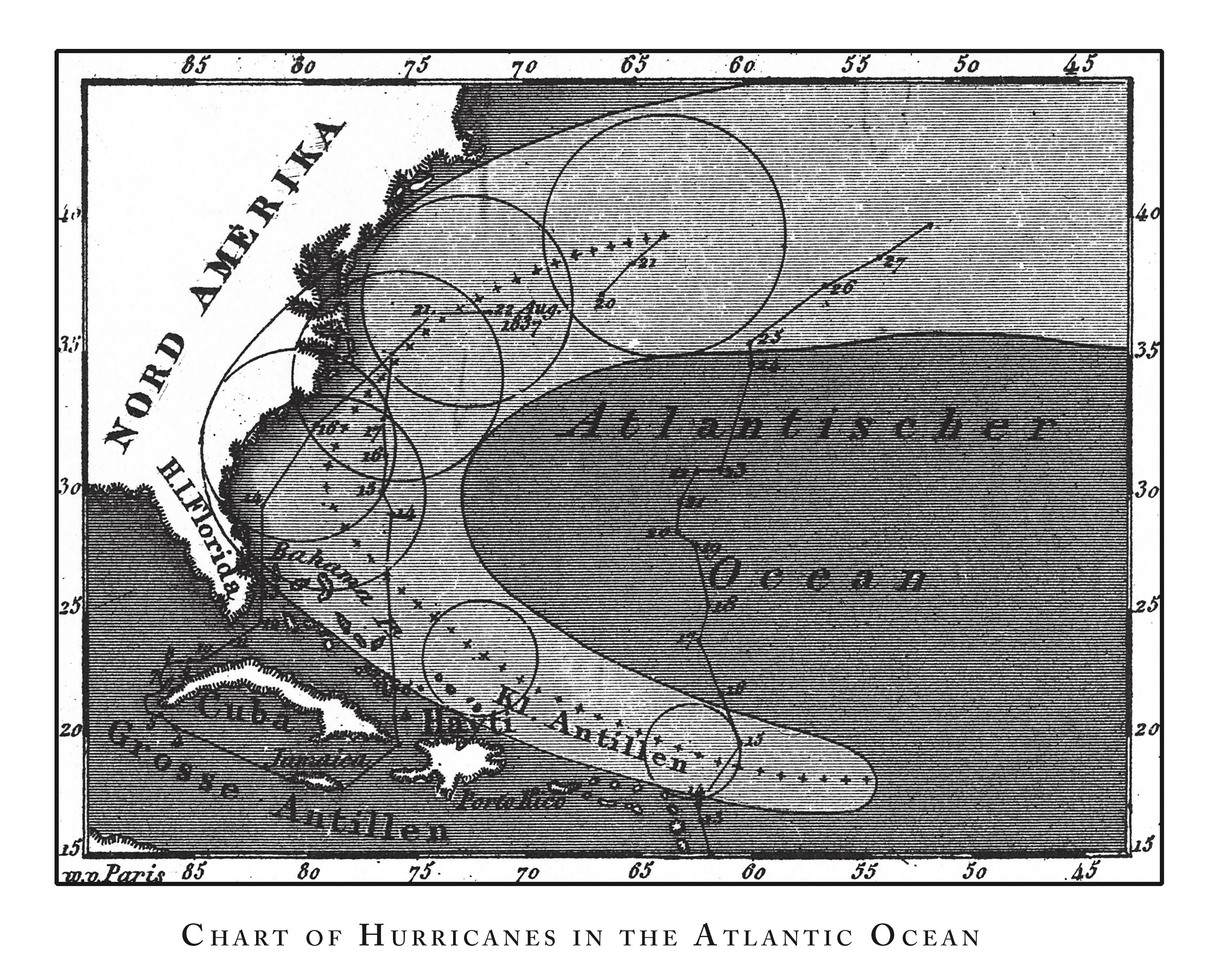Ancient Ingenuity: How Early Civilizations Prepared for Hurricanes
Posted on Categories Discover Magazine

The Atlantic hurricane season could be busier than normal, with as many as 11 hurricanes, five of which could be major storms. The National Oceanic and Atmospheric Administration (NOAA) is predicting this busy hurricane season with 70 percent confidence.
NOAA’s forecast might have residents on the Atlantic or Gulf coasts thinking this is the year to invest in storm shutters or thicker garage doors.
Hurricanes, however, aren’t new, and people have been coping with these fierce storms for thousands of years; archaeologists have found evidence that people have been living in the Caribbean islands for 8,000 years before present.
So, how did ancient peoples cope with hurricanes? Here are three ways.
1. They Hurricane-Readied Their Homes
Historians have found commonalities in how people around the Atlantic weathered hurricanes. Modern building codes keep hurricanes in mind, and ancient people were also hurricane-minded when they constructed their dwellings.
The Kalinago people lived in the Lesser Antilles for more than 2,000 years before Christopher Columbus and Spanish colonists arrived in the 1490s. The Kalinago used trunks from palm trees to build their dwellings and then made roofs with a variety of materials, including palm reeds or sugar cane. The buildings were built low to the ground, and the Kalinago didn’t try to make homes with multiple stories.
Hurricanes were a new threat to the colonizers, and many assumed the Kalinago homes were weak and defenseless in a major storm. But colonizers’ European-style homes were sometimes turned into piles of rubble while Kalinago dwellings remained standing.
The colonizers came to realize the Kalinago’s low-building style helped protect it from high winds. And if the home was blasted by a hurricane, the lightweight material meant a building collapse didn’t jeopardize the people inside. The dwellings were also easy to rebuild if needed.
Read More: What Makes Hurricanes So Dangerous?
In Jamaica, the Taíno people built low, circular dwellings (bohios) made from tree trunks and topped with a thatched roof. The circular style was a huge advantage. Where the European-style houses were square and took the wind head-on, the circular Taíno homes deflected the wind gusts.
(Credit:stockphotofan1/Shutterstock)
Similar dwelling used by the Taíno people
The Taíno approach to construction was also hurricane-smart. The tree trunks weren’t lined up precisely, which meant air could get inside. When enduring high winds, these little spaces may have prevented the entire structure from collapsing simply by allowing the air pressure to equalize.
2. They Changed With the Seasons
Ancient people living in the Caribbean islands organized their lives around the changing seasons, often using constellations as a signal that it was time to transition.
The Kalinago, in particular, recognized hurricanes as a seasonal event, and they expected to have to deal with a major storm at some point in the season. As a result, they not only built their dwellings with hurricanes in mind, but they also planted their crops accordingly. For example, they tended to plant root vegetables, as opposed to crops with high stalks, because these in-ground options fared better in storms.
Read More: How Our Changing Climate Will Make Hurricanes Worse
Being storm-minded and aware of nature allowed ancient peoples to develop a sense of when a hurricane might hit. Although they didn’t measure water temperatures or analyze currents, they did notice subtle weather changes that allowed them to understand a storm would blow through in the coming hours or days.
Colonists were often less connected with nature and didn’t notice the same storm indicators. They also tended to think in religious terms, and thought hurricanes were punishments for bad behavior. Although some admired Indigenous Caribbeans for their ability to predict a storm, many saw it as the work of the devil and issued punishments to a person who accurately warned of a pending hurricane.
3. They Had Resilient Strategies
Scholars who have studied ancient cultures have identified a distinction between resilient and stable societies. Stable societies worked to have long-term success and growth in the same area. They built aqueducts or irrigation systems, and they felt tied to a particular place.
On the other hand, resilient societies were more focused on adapting to change and surviving challenges. They were less tied to a particular place, and they moved when necessary. In the Caribbean, ancient people in a hunter-gatherer society were more resilient to storms because they had a variety of options for stocking their food supply. They weren’t limited in their options, and this flexibility helped them recover when fierce storms cleaned out one of their primary food sources.
Another resilient strategy was simply to leave when a hurricane threatened. Some ancient people moved about the islands during different parts of the year. Others didn’t roam far, but they did leave their dwellings if a hurricane was too fierce to tolerate in their homes. In these instances, they found refuge in caves, dens and other natural shelters until the storm relented.
Because colonizers intended to build stable, not resilient colonies, in the following 500 years, as colonists spread through the islands, the hurricane-related destruction grew.